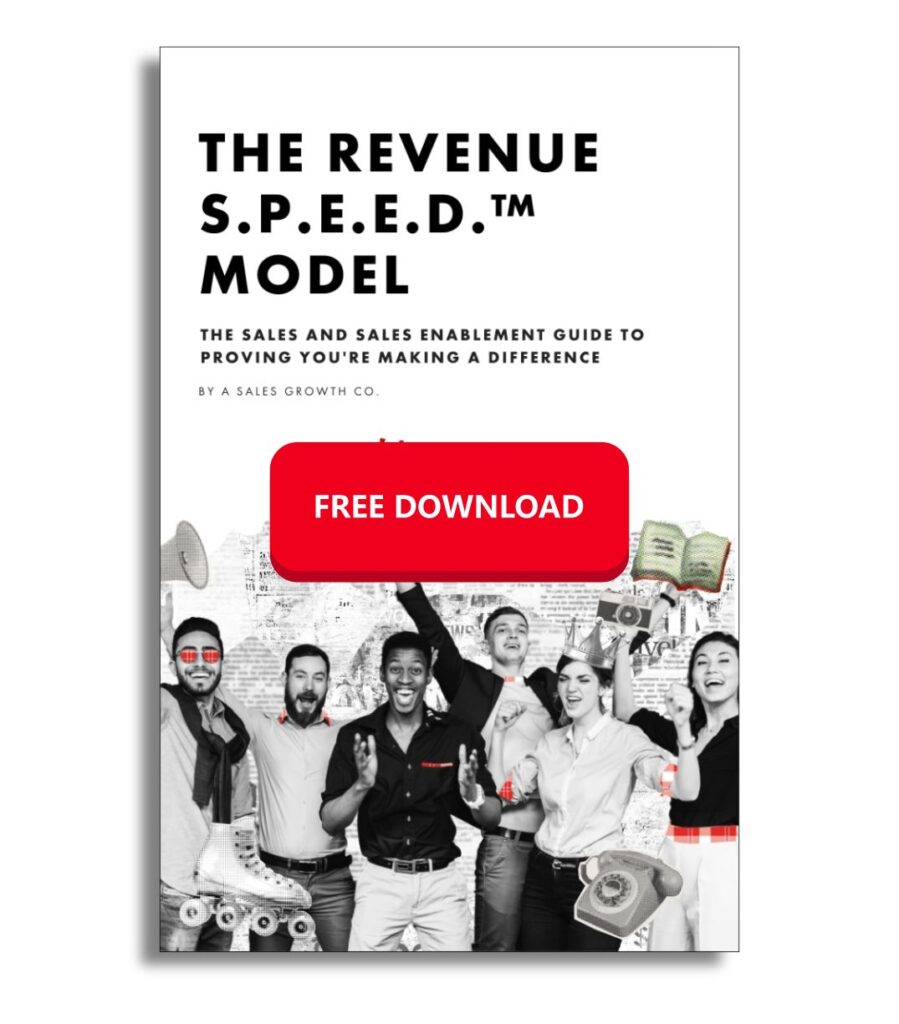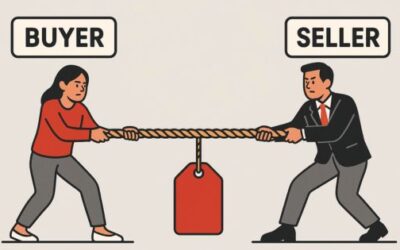Sales enablement is often misunderstood. In many organizations, it has become a content distribution function measured by training completions, LMS logins, and certification rates.
These metrics do not reflect how well salespeople perform in live opportunities. Sales enablement exists to improve execution. Its success should be measured by improvements in win rate, deal size, sales cycle length, and quota attainment.
This article explains how to realign sales enablement around performance. It outlines the shift from content delivery to execution support and provides a framework for operationalizing enablement across the team.
Key Takeaways
- Sales enablement must be evaluated by its impact on sales execution and outcomes.
- Traditional metrics like LMS usage and certification counts do not reflect field performance.
- The four metrics that matter most are win rate, average deal size, sales cycle length, and quota attainment.
- Execution-focused enablement includes call reviews, deal inspection, and behavior tracking.
- Each initiative must tie to observable, buyer-facing skills and sales methodology standards.
- Enablement must partner with leadership to inspect performance data and drive behavior change.
- A structured system is required to reinforce selling behaviors and connect them to pipeline impact.
Redefine the Role of Sales Enablement
Sales enablement is a performance function. It exists to improve how salespeople execute in live opportunities. The value of enablement should be measured by whether it changes selling behavior and improves sales outcomes.
Content delivery, onboarding programs, and training materials support this goal but they are not the goal. Participation alone does not reflect progress. When enablement focuses on learning metrics, it becomes disconnected from the realities of pipeline execution.
Enablement must be evaluated based on its influence on discovery quality, qualification accuracy, deal progression, and quota attainment.
Audit What Enablement Is Tracking
Many enablement teams report on training completion, LMS activity, and certification rates. These metrics show participation but do not explain pipeline performance a pattern common in many training program failures.
When enablement success is defined by usage data, it becomes difficult to evaluate whether reps are executing differently in the field. Participation metrics cannot show whether discovery has improved, whether qualification is more accurate, or whether deal movement is accelerating.
Enablement needs to shift reporting to reflect execution. If the function is meant to influence how deals progress, then its metrics must reflect pipeline quality, sales activity outcomes, and observable changes in rep behavior.
Focus on the Four Sales Metrics That Matter
Enablement should be measured against the outcomes it exists to improve. These include win rate, average deal size, sales cycle length, and quota attainment.
Win Rate
Indicates whether reps are qualifying effectively and advancing real opportunities. If win rate is flat, training and coaching aren’t showing up in execution.
Average Deal Size
Signals whether reps are anchoring to value or discounting to win. Enablement should focus on behaviors that protect pricing and expand deal scope.
Sales Cycle Length
Reflects how well reps are controlling the deal and addressing buyer friction. High-performing teams move deals through the pipeline with clear urgency and next steps.
Quota Attainment
Tracks whether performance gains are consistent across the team. If only top reps are hitting target, enablement isn’t closing the gap in execution.
Every program, asset, and initiative should be tied to one or more of these metrics. If the effort does not move the number, it needs to be re-evaluated.
Connect Enablement to Execution
Enablement must influence how reps perform inside real opportunities. When discovery is incomplete or qualification is weak, it shows that training was not applied.
Execution support includes reviewing calls, inspecting CRM data, and applying lessons through execution-focused coaching during pipeline reviews. These activities give visibility into performance and highlight where additional coaching or reinforcement is needed.
Each enablement initiative should be tied to a specific selling behavior. If the focus is qualification, managers and enablement teams should confirm that reps are identifying buyer-confirmed problems, root causes, and quantified impact during discovery.
Enablement is responsible for making sure these behaviors show up consistently in deals.
Build a Performance-Centered Enablement System
To improve execution, enablement needs a system that reinforces specific selling behaviors and tracks their adoption. Content alone does not change performance, systems do.
Start by documenting the core skills reps are expected to apply during discovery, qualification, and deal progression. Each skill should tie back to the sales methodology and connect to a measurable outcome.
Training programs should align to these behaviors, and managers should be equipped to coach against them. Managers should use a structured coaching rhythm to develop specific skills tied to opportunity movement. This includes using call recordings, deal reviews, and CRM inputs to inspect skill application.
Enablement should also own performance dashboards that show how these behaviors affect pipeline movement and sales outcomes. Metrics should be reviewed regularly with sales leadership and frontline managers.
When enablement operates with this level of structure, it shifts from content delivery to performance improvement.
Conclusion
Sales enablement only adds value when it drives measurable change in how deals are executed. Training completions and LMS logins do not indicate whether reps are qualifying accurately, managing deals effectively, or closing at higher rates.
To lead performance improvement, enablement must align every initiative to the skills that drive revenue outcomes. That includes targeting the four core metrics: win rate, deal size, sales cycle length, and quota attainment and building systems that reinforce the behaviors behind them.
Execution is the result that matters. Enablement must be structured to influence it directly and consistently.





0 Comments